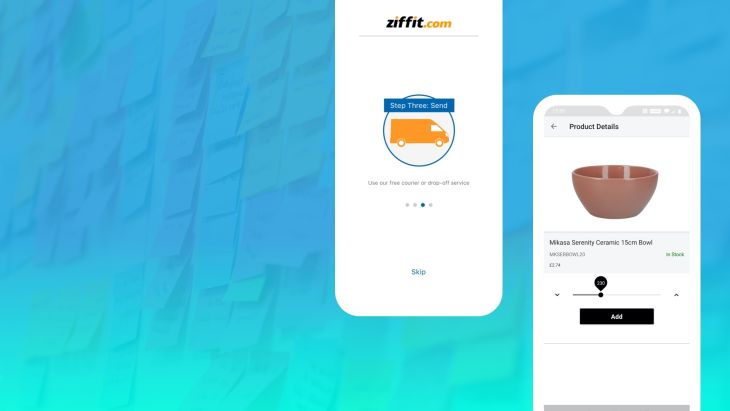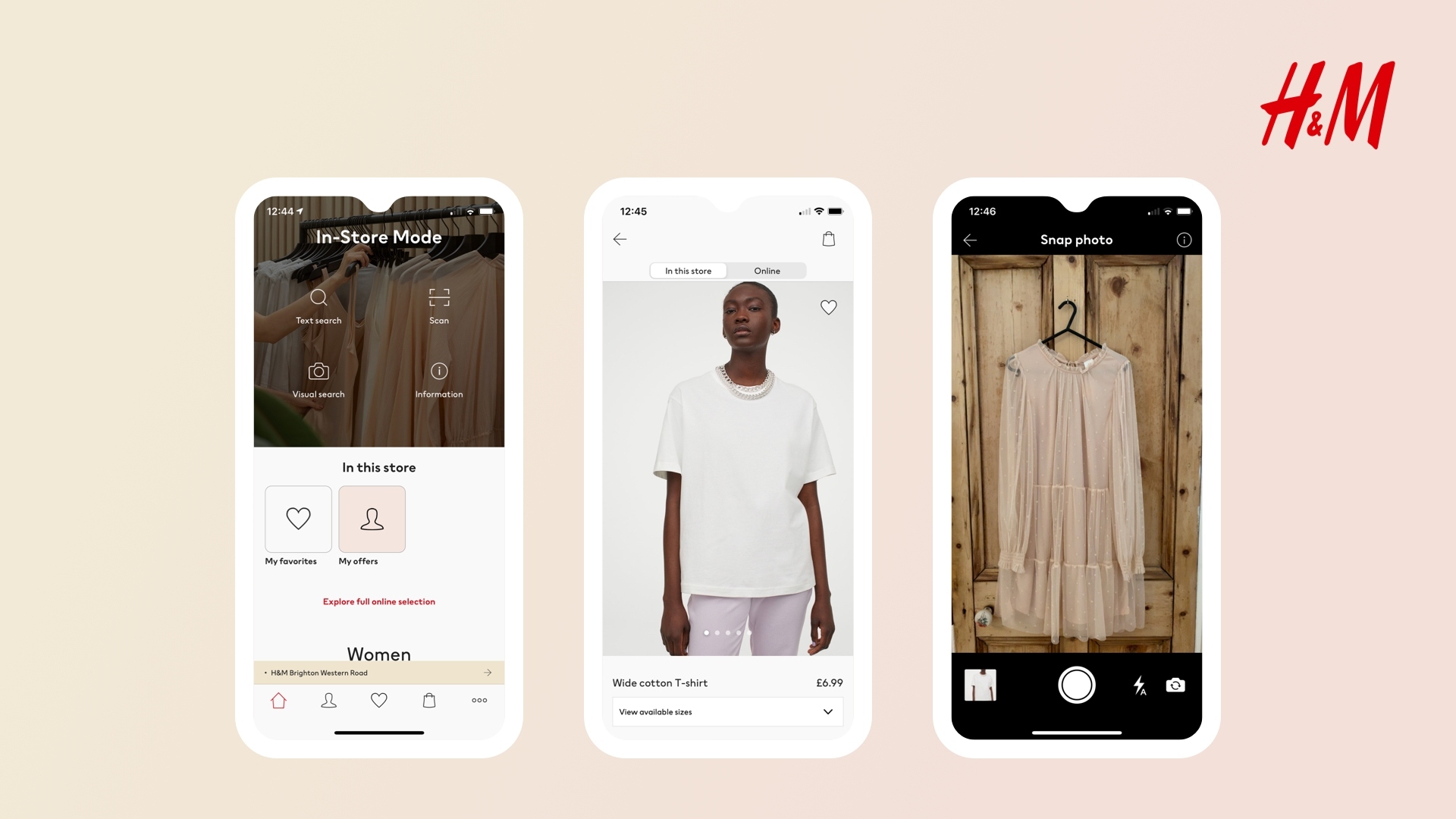What Do Your Customers Expect From Your Retail App?

When one of your customers chooses to download your retail app, they’ve made a commitment to you.
Apps take up valuable real estate on our phones, and require us to set up yet another account with another set of login details and personal information. So, if your app made the cut, it means that your customer saw a compelling reason to hit download, rather than simply shopping on your mobile or desktop site.
Customers are looking for more and more when it comes to retail apps, and retailers are getting increasingly creative when it comes to app-only discounts, saveable wishlists or a uniquely personalised experience. So, where do you start when it comes to designing the right app for your customers?
In this blog, we’ll cover the planning and consideration phase of retail app development, including why you need to really know your customers before you get started, some great examples of successful retail apps customers love, and how you can go the extra mile through personalisation, gamification and or complementing your in-store experience.
What type of retail app should you develop?
Before you get started with your retail app development, there are a few things you’ll need to think about. When it comes to app commerce, the same considerations are on the table as any other element of your products and services: who are your customers, and what sets you apart from your competitors in this space?
The type of app you should develop comes down to your customers and their needs. You’ll not only want them to find your retail app easy and intuitive to browse and purchase, you’ll also want them to enjoy using it, and explore the full potential of what it can offer them.
Getting to know your customers
Understanding your customers is integral to any marketing or product development strategy, so it makes perfect sense that it’s a necessary part of your retail app development process too. Before you start the app design process, you’ll want to gather as much information as you can from your ecommerce site – such as typical basket values, the mobile shopping habits of your existing customer base, where they typically drop off in the purchase journey, most common device usage, and demographics.
If you also have an account function on your site, you’ll have additional information about your customers that can be used to shape your app design such as purchase history, product preferences, date of birth, and account age. If you have this data already, then it makes sense to consider in-app personalisation and individually-tailored discounts and experiences for birthdays and customer anniversaries.
What makes a great retail app?
When you’re in the planning stages of your retail app development, it’s a good idea to look at some of the most popular ecommerce apps out there, as well as your competitors’ apps. This way you can start to gather ideas, and investigate what may work for your customers.
Some of the most successful retail apps at the moment are:
- Sephora – in articles about retail apps, beauty giant Sephora comes up again and again for their sleek style, app-only exclusives and use of AR (augmented reality) technology to enable users to ‘try on’ shades of lipstick or foundation.
- Lululemon – with a strong community-building focus at its heart, Lululemon’s app fosters connections between customers who have the opportunity to meet at their in-store classes. They are a true lifestyle brand, providing inspirational videos in-app as well as access to a calendar of community events.
- Home Depot – with a personalised homepage, the ability to save shopping lists across devices and the ability to use AR colour matching technology to try paint on your walls, Home Depot have won awards for their app, and it’s easy to see why.
Going the extra mile in your retail app development
As demonstrated in the examples above, there are plenty of opportunities to get creative with your retail app development and go the extra mile in delighting your customers and exceeding their expectations.
We’ve outlined three key areas to focus on as a starting point in your retail app design: personalisation, gamification, and in-store integration.
Personalisation
A personalised service has long been the mark of a quality product. In high-fashion boutiques customers are encouraged to relax, are offered a choice of drinks, and can chat with friendly staff who look after them personally – and the same can be true of apps.
Within your retail app, you can offer unique benefits to customers based on their purchase history, the information they provide to you, and in-app behaviour as well as suggesting products they might be interested in to provide a tailored browsing experience.
Personalisation can be as simple as using a customer’s transaction history to inform the products you suggest to them, or as complex as using in-app behaviour to create unique offers and rewards. For example, Nike makes the most of their customer’s competitive, “Just Do It” attitude by allowing them to use their app to track their fitness progress over time, and offering them early access to new, relevant products in return.
Gamification
Instant gratification is a powerful motivator, as any social media or gaming app knows, and retail apps can harness this too. We’re not saying you have to turn your retail app into a game, but functionality such as loyalty point collection and tracking, progression through ‘customer tiers’ or the opportunity to gain discounts in exchange for actions can be powerful within retail apps.
Victoria’s Secret developed their PINK Nation app to appeal specifically to their younger audience, and gamification is a key feature. Customers can win prizes, download sticker packs to use with other apps, and play in-app games in addition to speedily and easily making purchases.
Complementing the in-store experience
Unified commerce is about creating a consistent experience for your customers across all touchpoints. If you have physical stores, when designing your retail app you’ll want to think about how it can interact with the in-store experience.
For example, if a customer purchases in your store, they might scan a code in your retail app to gather loyalty points or add that purchase to their online order history. Not only will this benefit you in gaining a bigger, fuller picture of their customer base by keeping all your data in one place, but it also enhances your customer’s experience both physically and digitally.
Retail giant H&M does a great job of integrating their app and in-store experience, enabling users to perform actions such as checking whether saved items are available in the store or activating ‘in-store’ mode to provide visual searches or scan products for more information.

Ultimately, your retail app is about you and your customers
Customer insight, competitor research and thinking creatively about how you want to differentiate your app through personalisation, gamification, or unified commerce is crucial to ensuring you create a retail app that not only works for you and your customers, but enhances their shopping experience and builds brand loyalty.
Creating A Retail App?
We can take you through every stage of the app development process and leave you with a finished product that functions beautifully for both you and your customers.
Find out more about our app design services here.
